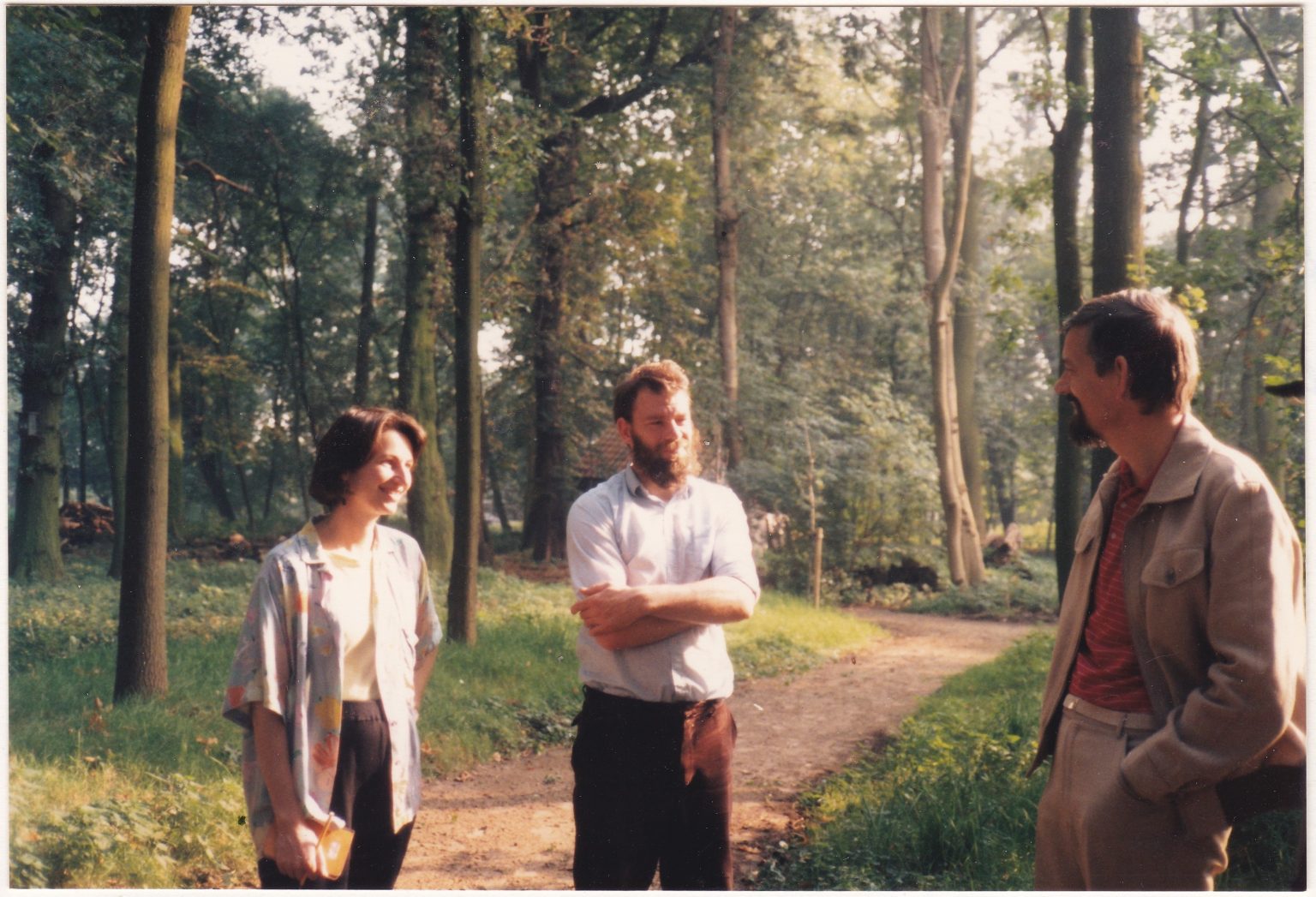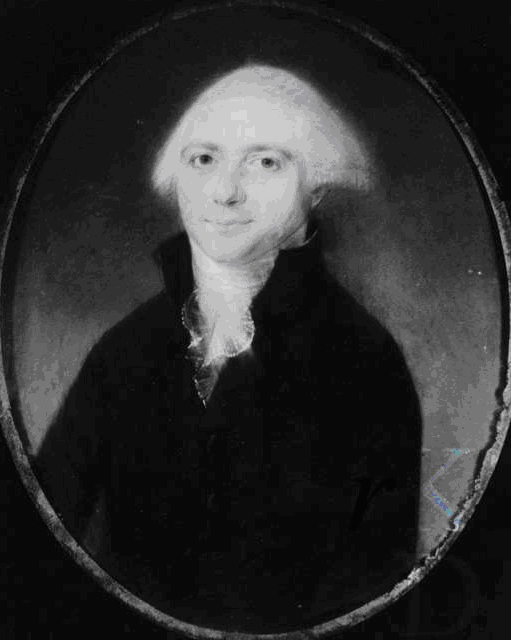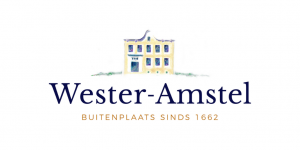If you’re ever looking for someone to talk to about the Amstelland or the historical significance of Wester-Amstel, then Finette van der Heide is your woman. She may have only become an official friend of Wester-Amstel in 2020, but as I quickly discovered, her relationship with W.A. goes back decades.
COVID-19 prevented an in-person meetup, but Finette was kind enough to answer all of my questions via email. It was an absolute pleasure getting to know one of WA’s friends better, while also learning more about our beautiful country estate.
How long have you been a Friend of Wester-Amstel?
I’ve always been an unofficial friend of Wester-Amstel! I became an official one this spring, after Groengebied Amstelland moved its offices to Elsenhove and I retired.
How did you come across Wester-Amstel?
I first set foot in Wester-Amstel in 1985. As an employee of Groengebied Amstelland, and later Recreatie Noord-Holland, I started working at Wester-Amstel in 1990. In fact, even after my office moved to Spaarnwoude in 2004, I tried to work at Wester-Amstel as much as possible. I did this up until Groengebied Amstelland moved its office to Elsenhove on November 15th, 2019.

Before retiring, what did you do?
I worked as a nature and landscape consultant for Recreatie Noord-Holland. Recreatie Noord-Holland helps organize the area’s various recreational boards, one of which is Groengebied Amstelland.
Groengebied Amstelland is a joint effort between the councils of Amsterdam’s Southeast and East neighbourhoods, Amstelveen, Diemen, Ouder-Amstel and the province of North Holland. They’re tasked with the maintenance and management of the countryside belonging to these municipalities. This means that the Amstelscheg (the area of land on either side of the Amstel River) is under Groengebied Amstelland’s supervision. Wester-Amstel is a significant part of the Amstelscheg’s landscape.
Can you explain Groengebied Amstelland’s role in the restoration of Wester-Amstel?
Groengebied Amstelland and the owner of Wester-Amstel, Stichting J.Ph.J.F.Lissone made a deal in 1989. If Groengebied Amstelland took care of the urgent restoration of the house, they could use Wester-Amstel as their headquarters for the next 30 years. Groengebied Amstelland opened the park to the public and helped establish Stichting Vrienden van Wester-Amstel in 1993. Over the years, Wester-Amstel has grown into a beloved place for the surrounding neighbourhood.

Luckily, I knew the name of the man who bought Wester-Amstel in 1792 - Antonius Quirinus van Persijn. So, I paid a visit to Amsterdam’s city archives. I was welcomed by an archivist who took me to a room full of cabinets with lots of drawers.

Now, this archivist wasn’t able to find what I had asked for. He looked in the file titled ‘Wester-Amstel’, but couldn’t find any new details. But when he went to the toilet, I opened a drawer containing “P” files - l was looking for “Persijn”. And guess what? There was a note that said the family archive for A.Q. van Persijn was kept at the National Archive in Utrecht… And so, off to Utrecht I went!
Once there, I was allowed to view the archives. And there, amongst other things, was a notebook that had belonged to Van Persijn. In it, he had written about the various projects carried out on the house, park, and surrounding lands. As it turned out, he owned quite a bit of land next to Wester-Amstel and also on the other side of the Amstel River.
It was quite moving to see his dedication to Wester-Amstel two hundred years before I sat there, reading his notes. From his records, I could see that the house and park had remained largely the same. I recognised everything he mentioned.
I wrote all of my findings in a booklet that was first published in 1990 and then reprinted in 1996. There was also an article about it in the magazine ‘Ons Amsterdam’.
In May 2019, Henk Blok, the secretary of the Vrienden van Wester-Amstel Foundation released a new version, with updates from Søren Ludvig Movig. It included evidence that the house was much older than I had thought it was back in 1989. It was most likely built between 1662 and 1665.
Do you have a favorite spot at Wester-Amstel?
No, I like walking along all the paths in the park. They each have their own charm, either naturally (with birds like goshawks, kingfishers, or woodpeckers) or culturally (beautiful gardens and sculptures). I also enjoy the fruit, like mulberries, from the old orchard.
How do you feel about Wester-Amstel’s transformation over the last thirty years - from when the restorations began in 1990 to what you see before you today?
There’s been a loss of the mysterious and historical atmosphere that once surrounded Wester-Amstel, but I suppose that couldn't have been prevented. Nowadays, the park and gardens have become really very beautiful thanks to the hard work of all the volunteers.
What do you think Wester-Amstel contributes to the Amstelland and surrounding area?
In the 17th and 18th century, the area surrounding Amsterdam was filled with summer homes for the rich. The town and the canals were crowded and stinking in the summer, so the rich fled to their country estates - most of which were accessible by boat.
In the 18th century, there were 60 residences along the Amstel River. But nowadays, there are only three. Of these three, Wester-Amstel is the oldest and it is, as you can understand from my research, still authentic, especially its park. Therefore it is an important part of the Amstelland’s history and its current landscape.
Wester-Amstel being still open to the public, following the departure of Groengebied Amstelland, is - of course - marvellous!

By: Taylor Blades
